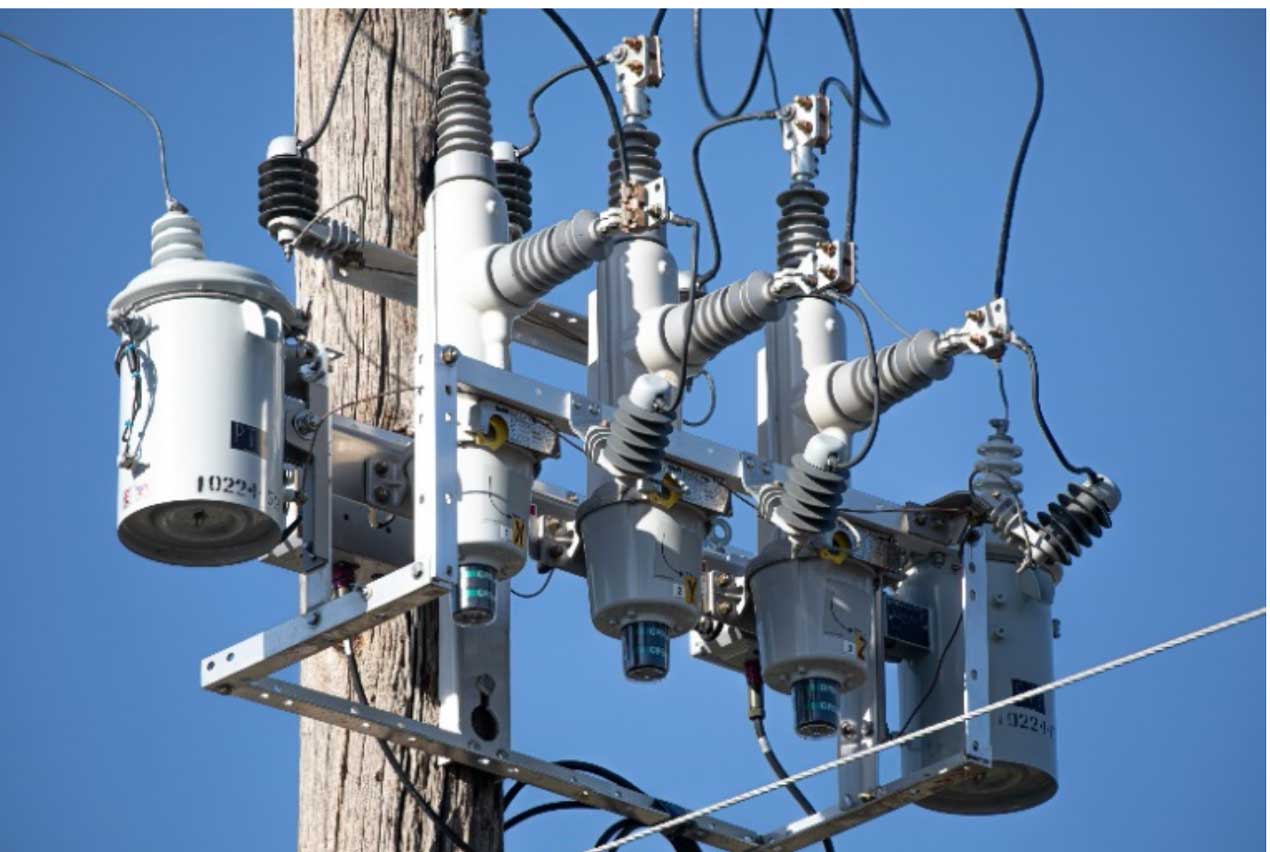
(May 13, 2024 7:52 AM ET) Consumers Energy announced today it will invest nearly $24 million in smart technology this year to prevent power outages. Nearly 3,000 line sensors – the most that Consumers Energy has ever installed in a year – and over 100 automatic transfer reclosers (ATRs) are being deployed throughout Michigan.
“Consumers Energy has made a commitment with our Reliability Roadmap to ultimately restore power in 24 hours or less. New technology like this is an important tool as we make the grid more reliable for all our customers,” said Chris Laird, Consumers Energy’s vice president of electric operations. “We’re excited and know these devices will continue keeping us on track to serve close to 2 million Michigan homes and businesses more reliably every hour of every day.”
ATRs and line sensors are cutting-edge reliability technologies. ATRs isolate outages by detecting power loss and, like a traffic cop, automatically re-routing power in another direction. Line sensors predict problems on the grid and alert crews in real time with exact locations, preventing outages before they happen. Together, these technologies enable crews to identify problems quickly and precisely, and reduce the size and length of power outages.
Consumers Energy estimates ATRs have helped to prevent hundreds of thousands of outages over the past few years. In 2023 alone, ATRs prevented outages for nearly 70,000 customers by isolating outages to the smallest area possible.
“ATRs and line sensors are both instrumental when storms strike and cause outages,” said Greg Salisbury, vice president of electric engineering “They will be a big part of our reliability future and keeping the power on for our customers.”
Smart technology is a key component of the Reliability Roadmap, Consumers Energy’s plan for a smarter and stronger electric grid. The plan also includes investments in forestry work and infrastructure upgrades, with tactics like installing iron poles to withstand Michigan’s severe weather, and burying overhead powerlines.
Behind the Scenes: ORS Oktoberfest 9-28-2024 | Photo Gallery
ORS Oktoberfest Superhero Kids Fun Run 9-28-2024 | Photo Gallery
ORS Oktoberfest 10K Run, 5K Run & Walk 9-28-2024 | Photo Gallery
Jackson Recreation Dept. Soccer 9-28-2024 | Photo Galley
JC Golfer Klintworth – ‘I Knew School Would Always Be There’
Football Columbia Central vs Vandercook Lake 9-27-2024 | Photo Gallery
Football Michigan Center vs East Jackson 9-27-2024 | Photo Gallery
Football Grass Lake vs Napoleon 9-27-2024 | Photo Gallery
















